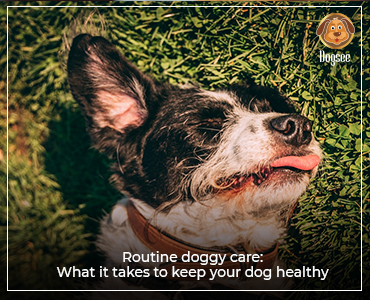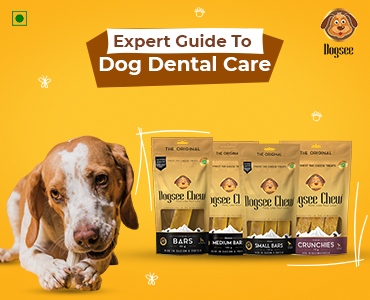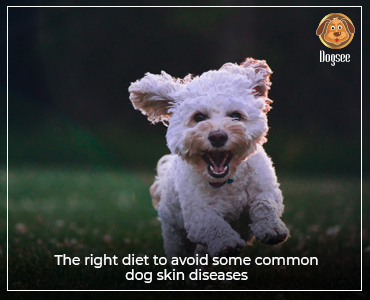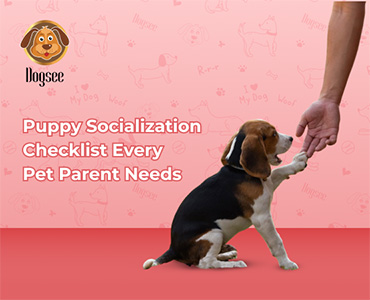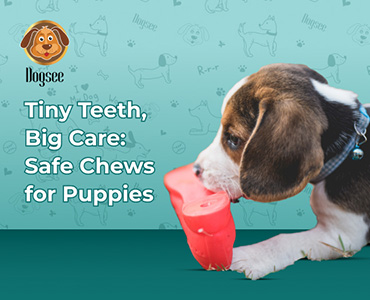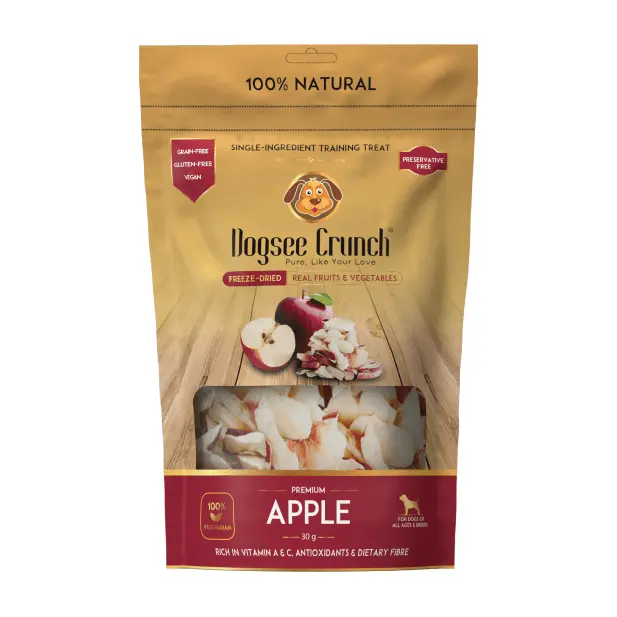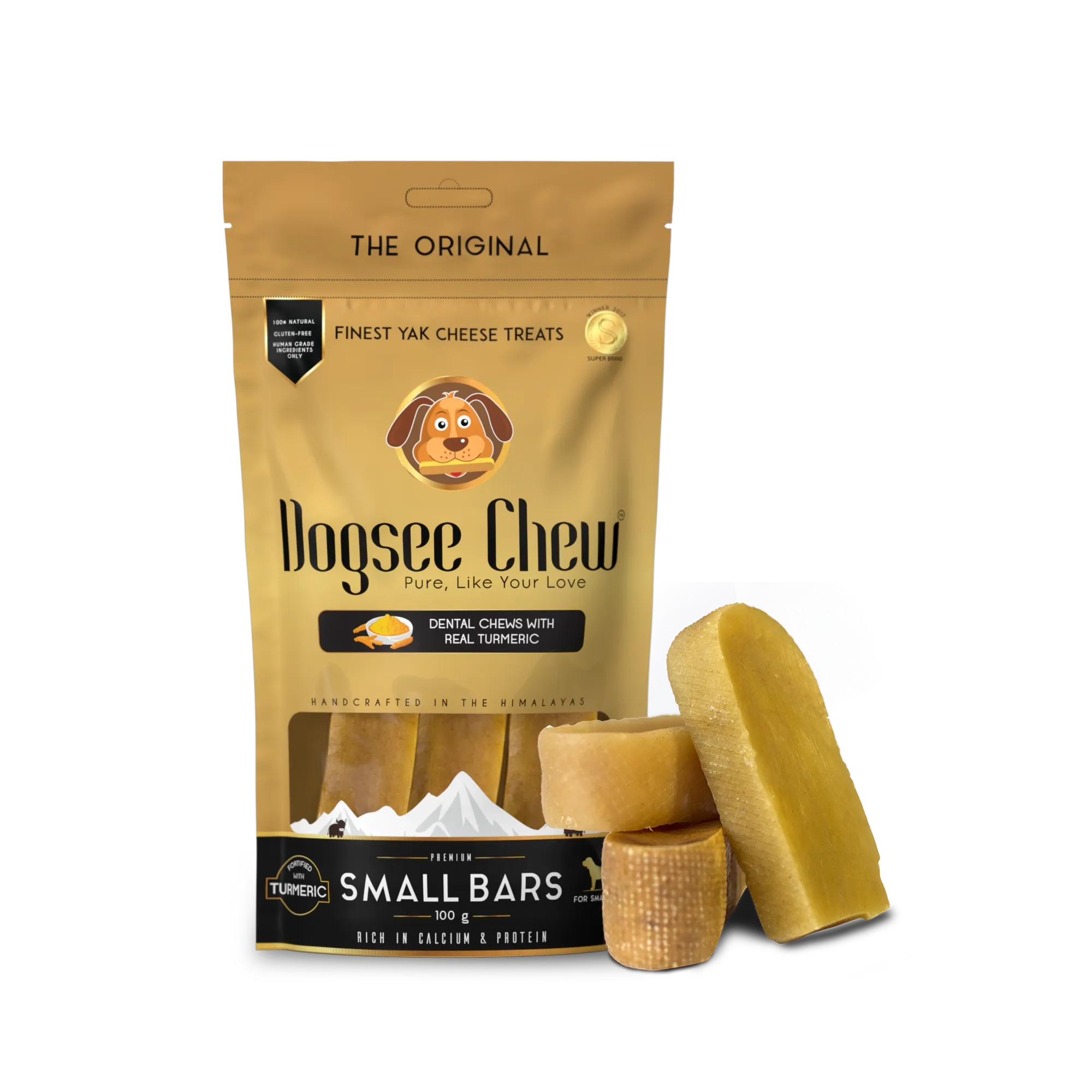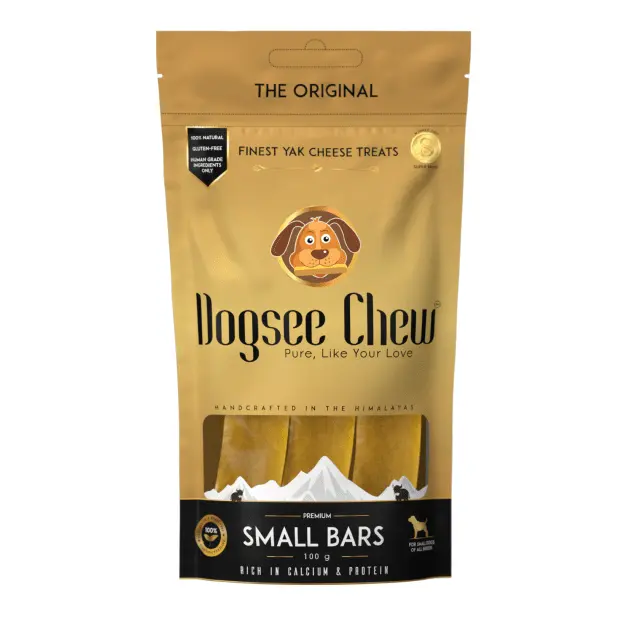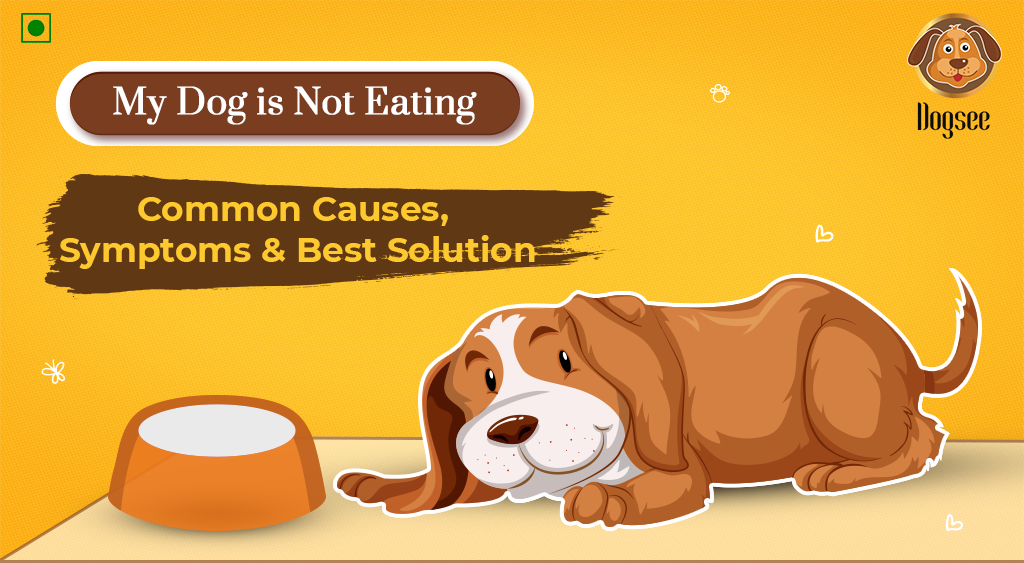
It's mealtime! You've set out a bowl with the new food and tried topping it with your furry friend's old favourite treats, but nothing seems to interest your dog. We all have our favourites, but when your dog turns up its nose to everything you serve, it's hard not to ask, 'Why is my dog not eating?'
We understand how confusing and stressful it is for a pet parent to figure out the reason for this dog's behaviour, so we bring you the causes and the solutions to make every meal pass the dog-approved test. Keep reading!
Symptoms of loss of appetite in dogs
Consuming less food than usual
Refusing to eat treats
A lack of enthusiasm for food
Loss of weight
Weakness/ Lethargy
Vomiting
If your dog shows any of these symptoms, it is a good idea to scroll down and learn its causes and solutions.
Reasons why your dog refuses to eat
There can be various reasons for your dog's loss of appetite - some worrying and some not so. Let's have a look.
They are sick: A dog's refusal to eat is often a sign of illness. Bacterial or viral infections, urinary tract infections, kidney failure, cancer, and other conditions or diseases can cause your dog to pick at their food or lose interest in eating entirely. Although the loss of appetite in dogs does not always indicate a serious disease, prompt veterinary attention is critical.
They are stressed: Stress can suppress your pet's desire to eat; Dogs, like humans, can become stressed when their environment changes, resulting in the dog not eating. Changes in the environment or routine can cause some dogs to refuse food for an extended period.
They are overfed: Your dog's possibly not eating because it isn't hungry. As pet parents, we love our dogs and easily give them too many treats thinking they are hungry. But all we are doing is overfeeding them.
They are picky eaters: Let's say your dog isn't turning up their nose at everything and is only refusing certain foods. In that case, it's a good sign that nothing is seriously wrong. You might just be dealing with a picky eater.
They do not like the food change: Introduced the new dog cookies as food? There are chances that your dog is refusing food as its regular dog food has changed, and it doesn't like the new ones.
What to do when a dog doesn't eat?
Pet parents, it's time to get understanding and creative! While it is best to consult a veterinarian for medical issues, for other causes, here are some strategies that may help make mealtime with your dog more successful.
1. Introduce new foods
Try some new healthy dog treats in different flavours, combine dry and wet food, or alternate between dry and wet to see if your dog prefers another food. Make any changes gradually to avoid upsetting their stomach.
You can try the Dogsee Gigabites for your furry friend! A perfect healthy snack for your dog, it comes in four different flavours for your dog to choose what it wants. The best part - it’s gluten-free and suitable for all dogs.
2. Top the food with a tasty topper
It isn't always enough to provide your pets with meat or vegetables. Sometimes they require a special ingredient in their food to prevent them from refusing it again. That's what food toppers are for!
A good food topper is human-grade and contains natural ingredients that aren't harmful to your dog. Dogsee Activet Plus+ sounds exactly like this! It is a seasoning powder for your dog that makes up for a flavourful and nutritious food topper. Made from the finest Himalayan cheese, it is guaranteed to make your dog fall in love with their meals.
3. Warm the food
Warm up the food a little to see if that helps. Heating the food to a lukewarm temperature increases the smell, which may make some dogs more eager to eat. Make sure to get the food temperature right to avoid another meal getting rejected by your dog.
4. A walk before meals
A walk before meals or exercise for your dog can increase their appetite. However, when it comes to food and exercise, make sure to separate the meals from the walks by at least 30 minutes.
Also, check out our Instagram post to learn the benefits of daily dog walks.
5. Feed at consistent times
You should feed your dog once or twice a day. Regardless of the life stage, try to divide the meals evenly throughout the day and stick to a strict schedule. Instead of leaving food out for your dog to graze on, try this!
Set a thirty-minute timer the next time you put your dog's dish down. Remove your dog's dish after that time. If your dog left most of the meal in the bowl, it has chosen to skip it. Hold back treats and dog food until the dog's next scheduled meal, then repeat. This leaves your dog no choice but to eat its food and hopefully get used to it.
Dogs lack the ability to communicate why they are refusing food. It is the pet parent's responsibility to figure out why it might be happening and what they can do to make mealtimes better. There are numerous reasons why a dog may stop eating. Going to a vet is the best thing to do for severe causes such as illness or anxiety. However, for other reasons, our tips may help you avoid your dog turning its nose up the next time you serve a meal.
Check out our blog to help your dog battling anxiety: Understanding Your Dog's Anxiety and How You Can Help.
 HELPFUL0 people found it helpful
HELPFUL0 people found it helpful
Related Blogs
Subscribe to Our Blogs
and never miss on the latest update!








